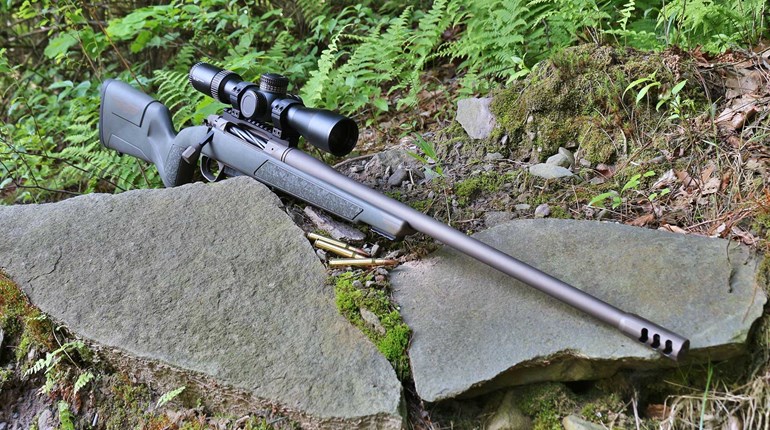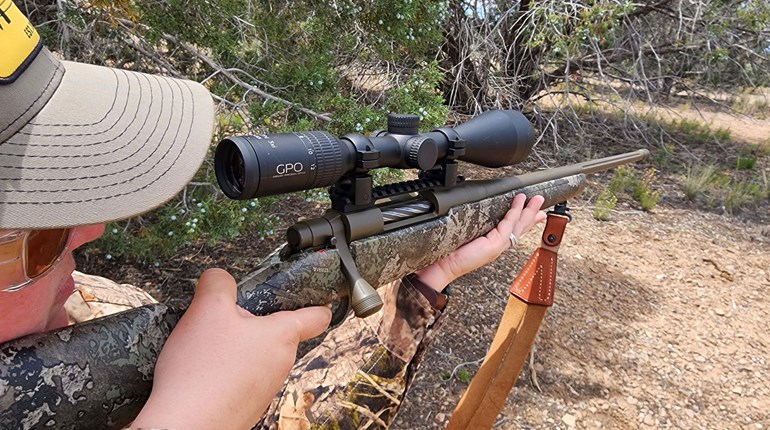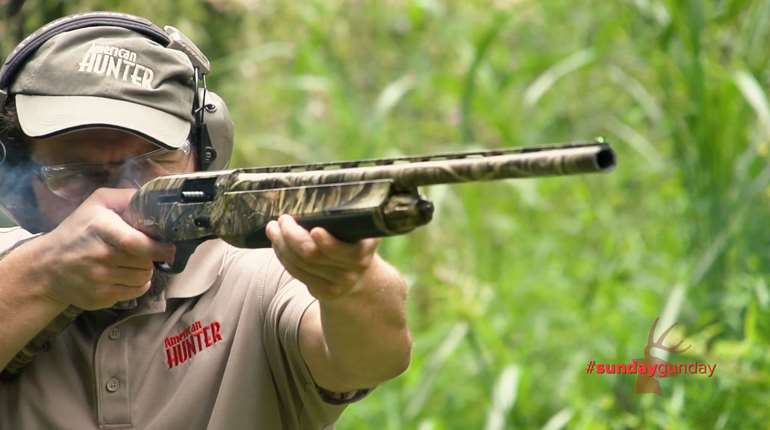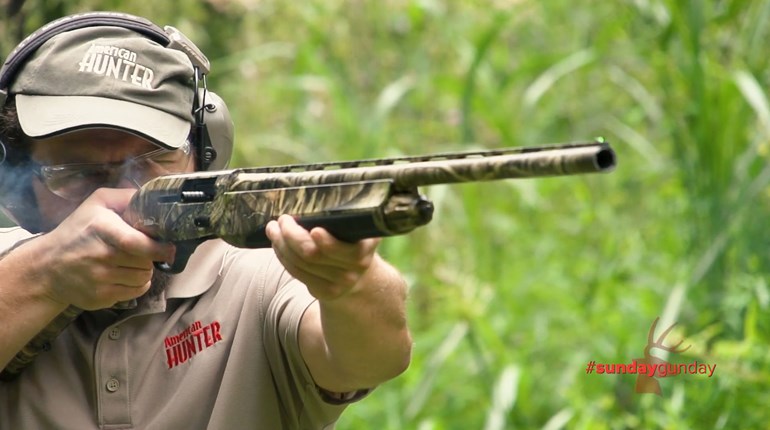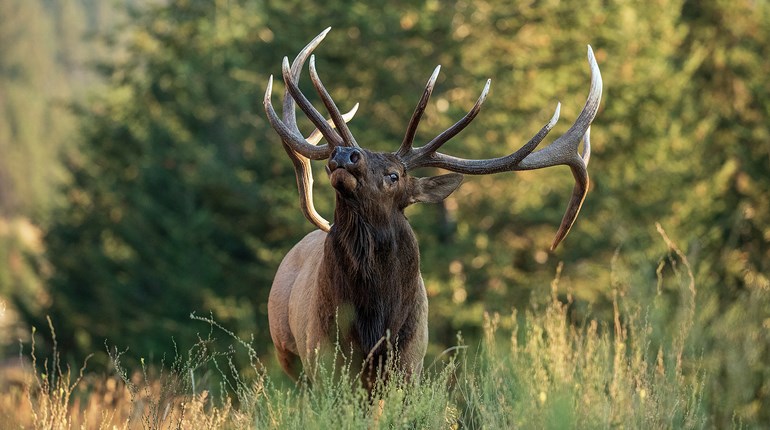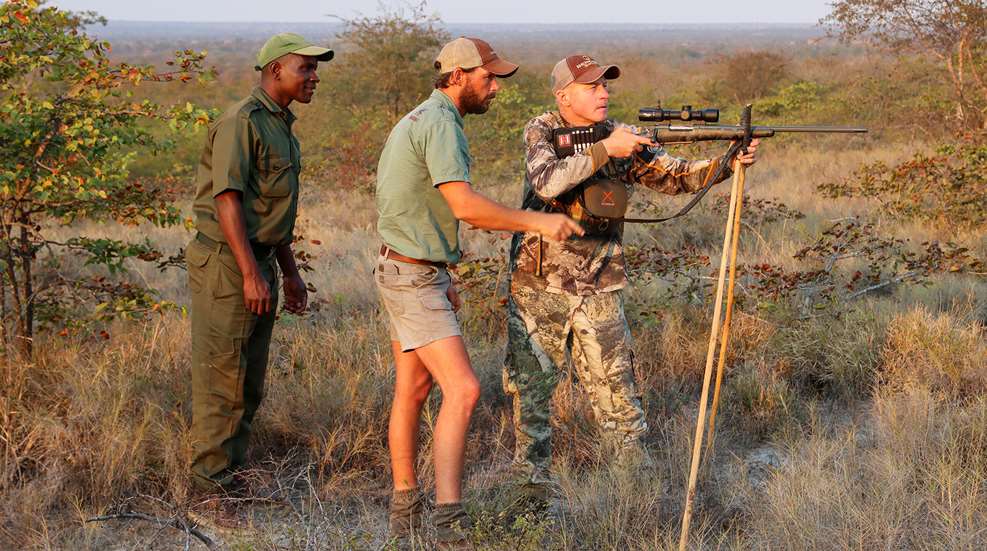
Traveling across the globe to hunt exposes you to new adventure, but it also enlightens you to new hunting skills. Study the hunting strategies and tactics of those guiding you along in the unfamiliar environment. The new know-how you experience abroad may come in handy hunting at home.
Recently, I had the good fortune to visit Mozambique. There, I picked up a few tidbits of hunting information sure to bring a novel approach to an ancient pursuit regardless of the GPS location.
The Practicality of an Axe or Hatchet
Somewhat fading from use since pioneer times, the axe, hatchet or even tomahawk seems to be less common as an everyday tool. That may change as Jack Carr’s Navy SEAL character James Reece will use a tomahawk for all orders of justice in the new Prime Video series “The Terminal List.” Hollywood aside, chopping tools are still functional in the Third World and yours.
A world away in Mozambique, the panga, a stouter version of a machete, is a standby that trackers carry, use and value as a go-to tool in the bush. Honed for sharpness, our trackers used the axe-like tool to clear brush while stalking, to chop down trees during a wildfire and to sever the head of a lion-killed Cape buffalo before dragging it to a new location for hyena bait. I have been reviewing axes online since then and making space in my truck gear box for a new addition.
There is Always Rope Around
Stuffed behind the seat of my truck and in my backpack, you can always find some paracord. In my truck box there is always a length of climbing rope to lash cargo at a moment’s notice. But what if you forget to pack rope or need an extra length in the backcountry to tie down a survival tarp?
No worries, as I discovered in Mozambique while helping to build a hide one afternoon. Timothy, one of our trackers, began stripping the bark from a nearby sapling in long, thin strips, effectively creating natural rope for lashing branches to form the foundation of our hide. A prairie or desert environment may lack trees, but even twisting long strands of grassy vegetation can do in a pinch. In nearly every other habitat, a sharp tool can deliver lengths of nature-tough lashing.

Keeping it Cool Without Ice
No rural electrical service powered our Mozambique camp. We were hours by air from any major city. A village with thatched huts was the only close civilization and it did not have a store, not even a 7-Eleven. Needless to say, ice was a prized treat. A crammed propane refrigeration system in camp kept food stockpiles and our day lunches cool until they were stored in a cooler, without ice.
Trackers brought their own lunches and hydration. To aid in keeping their water, stored in recycled soda bottles, from 100-degree temperatures, they improvised. Using old, worn out, heavy socks, plus other tattered cloth, they covered and wrapped the plastic bottles that were filled each morning from a deep well. Water came out cool and the shade, combined with the heavy layer of cloth, ensured water was not able to reach boiling point for a quenching refreshment any time of the day. It was a simple, but effective solution to purchasing a stainless steel tumbler online, especially since FedEx did not support this bushland ZIP code.
Shooting Sticks Galore
There are more shooting stick models these days than, well, than you can shake a stick at. With two stout sticks, narrowly stripped lengths of inner tube and a small bolt you can make your own. I have yet to visit Africa and be handed a pair of commercially manufactured shooting sticks. All were hand-built from nature and from manmade scraps. And all worked as smoothly as any Primos Trigger Stick.
Besides being basically cost-free, the other great benefit of handmade shooting sticks is that you can craft them to any length. A shorter limb gives you the ideal height for sitting, and longer tree sections provide you with models for standing shots as I encountered in Mozambique. They are so simple that even a home-repair disappointment like me can craft a workable set.
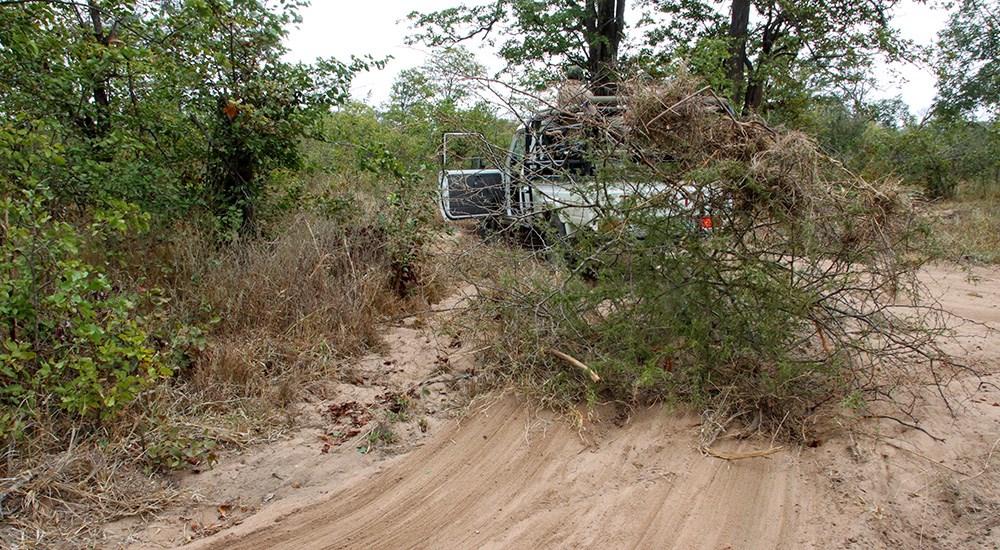
Smooth it Over, Drag A Road
You cannot have a trail camera covering every inch of a hunting property, but you can look for tracks when trail camera budgets lack and conditions allow. My Mozambique trackers routinely used leafy branches to dust up areas around waterholes, along trails and near baits to guarantee any animal walking in the smooth soil would leave an identifiable print.
For larger areas, like dusty two-track trails, the guides would chop down a bush (overly plentiful in the area) and tie it to the back of a Land Cruiser. Like Western mountain lion hunters driving snowy roads looking for cat tracks, the trackers would sit atop the truck the following morning, inspecting two-track trails for one-track evidence of our next stalk.
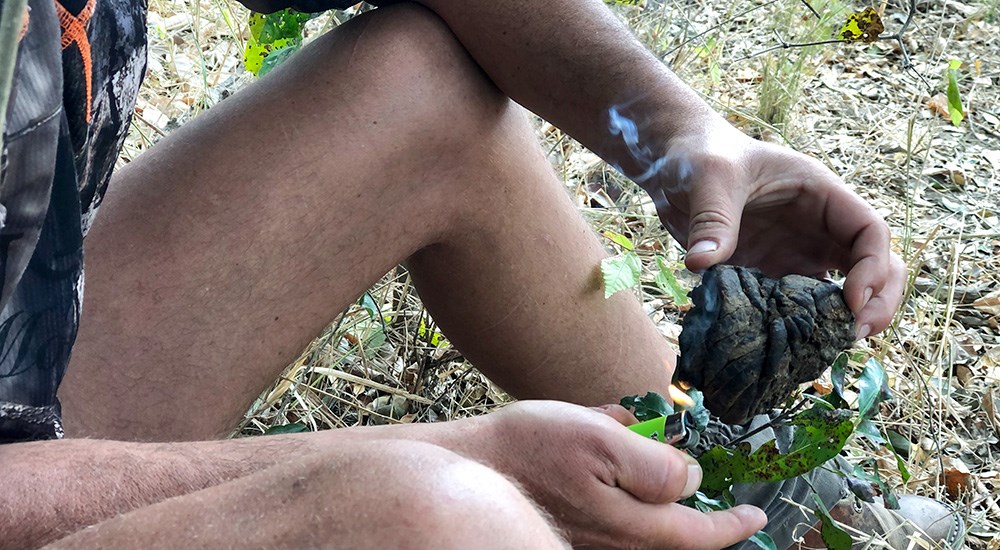
Smells Like Crap
Lastly, like North American game, African species also utilize their olfactory senses to detect danger. Constantly monitoring the wind direction to maintain our downwind advantage was aided by, well, crap. We did not cover ourselves with dung, but professional hunter Clayton Wallis would light on fire a dried Cape buffalo dung clump to burn beside us as we watched waterholes at midday.
The spiraling smoke from the smoldering droppings was twofold, he explained. It provided a visual of where our scent was drifting to determine if our position was worthy. He also believed it helped cover human scent. I did not argue, as on several occasions animals did arrive from downwind. Wildlife Research Center likely has a new poop division based on this very revelation.
Hunting foreign lands opens your eyes to a larger picture. Enjoy the hunt, but soak up new information that could help you once you return to again hunt the homeland.














